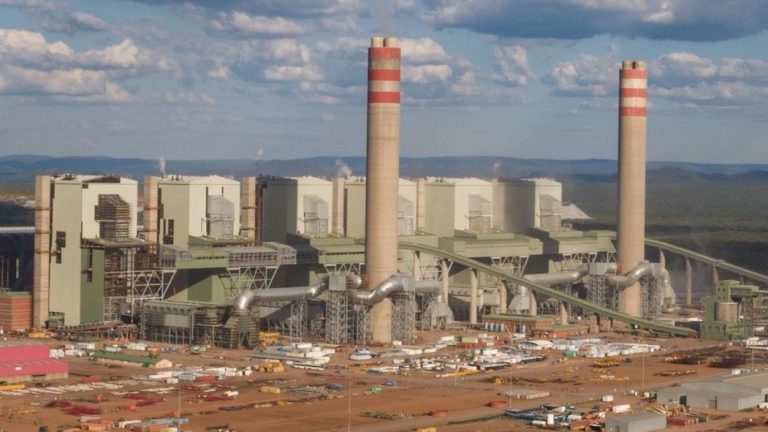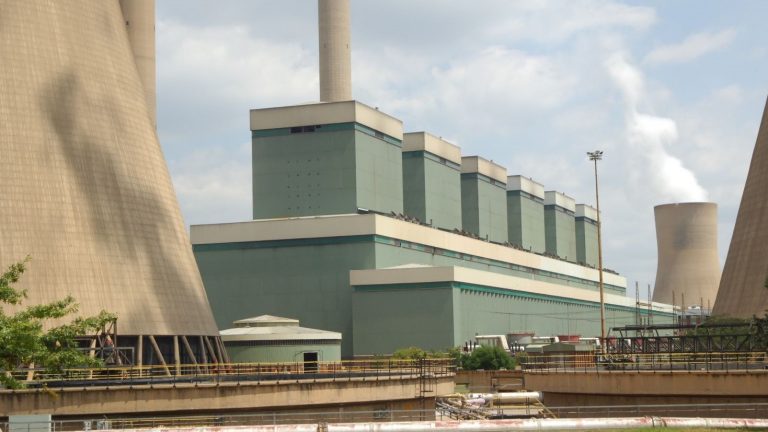Eskom Generation performance takes a positive turn
Thursday, 22 February 2024: Eskom would like to give some context backed by empirical data to correct some misconceptions on the article published by BusinessTech on 19 February 2024 with the heading “Eskom is going backwards”.
Eskom’s energy availability factor (EAF) has been historically on a linear decline of an average 3.8% since 2018 until January 2023. However, year-on-year from January 2023 to January 2024, the year-to-date EAF shows a positive trend, moving from 50% to 55%, an increase of 5%. This improvement, although marginal, is as a result of the implementation of the Generation Operational Recovery Plan which was approved by the current Board. The EAF trend is shown in the graph below.

Not only has the plan started to yield desirable results in as far as EAF is concerned but the Unplanned Capacity Loss Factor (unplanned outages) has also taken a positive turn from 34% of the generation capacity in January 2023 to 30% in January 2024 as shown in the graph below.

The improvement of the EAF and unplanned outages is as a result of concerted efforts focusing on priority power stations (Kusile, Kendal, Majuba, Matla, Tutuka and Duvha) where each power station has its own detailed recovery plan. A total of 3 510MW was recovered by January 2024 through these interventions. The organisation also took a conscious decision to increase its Planned Capacity Loss Factor (planned maintenance) during the summer period to an average of 8 000MW. The highest level of planned maintenance was performed between December 2023 and January 2024, reaching an average of 18% of the generation capacity. A similar spike of planned maintenance was last implemented around November and December 2020. This deliberate spike in planned maintenance is aimed at improving the reliability of the generation fleet to deliver long term benefits and ensure security of energy supply. Although heightened maintenance negated the EAF, it is necessary. The graph below depicts the PCLF trend.

The gradual improvement brought about by the Generation Operational Recovery Plan has as a matter of fact, starting to be visible in as far as the frequency and intensity of loadshedding in the past five and half months, September 2023 to mid-February 2024, as shown in the graph below.

Furthermore, as shown in the table below, a comparison of loadshedding between December 2022 and February 2023 (from 1 December 2022 to 16 February 2023) and in the same period (1 December 2023 to 16 February 2024), indicate that there was a reduction of loadshedding hours from 1 801.25 hours to 1 217.98 hours, which is about 600 hours less.
| 01-Dec-2022 to 16-Feb-2023 | 01-Dec-2023 to 16-Feb-2024 | |
| Stage 1 | 1 | 1 |
| Stage 2 | 5 | 14 |
| Stage 3 | 6 | 28 |
| Stage 4 | 34 | 10 |
| Stage 5 | 13 | 2 |
| Stage 6 | 19 | 2 |
| Stage 7 | 0 | 0 |
| Stage 8 | 0 | 0 |
| Total | 78 | 57 |
From the table above, in the same period, there has been 57 days of loadshedding of which 14 days were at stages 4, 5 and 6 of loadshedding in December 2023 and January 2024 compared to the 78 days, of which 66 were at stages 4, 5 and 6, in the same period previously. Therefore, the notion that Eskom’ is experiencing a further decline in performance is not true. It is also important to emphasise that the setback of implementing Stage 6 from 09 February 2024 midnight until 11 February 2024 midday was an outlier as a result of the multiple generation units taken offline.
It should also be noted that while the EAF may not be where we want it to be, Eskom arrested the declining trend of EAF which has been ongoing since the past six years.
The reduction in the intensity and frequency of loadshedding as well as the positive EAF trajectory are the real signs that there is some improvement in the performance of the generation fleet. The focus remains on sustaining this trajectory.
Therefore, Eskom dispels the misrepresentation that there is a further decline in its Generation performance.
ENDS








